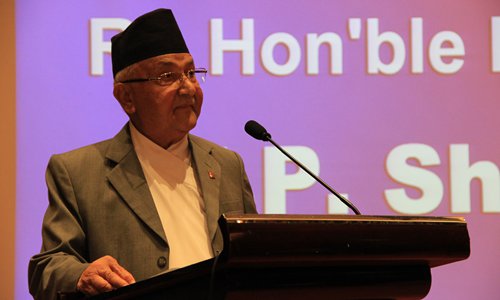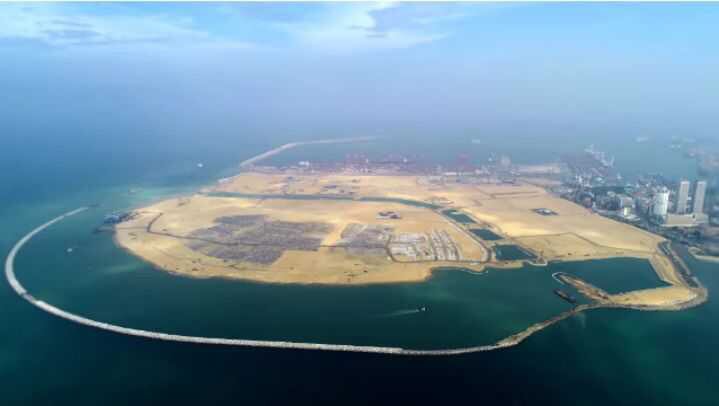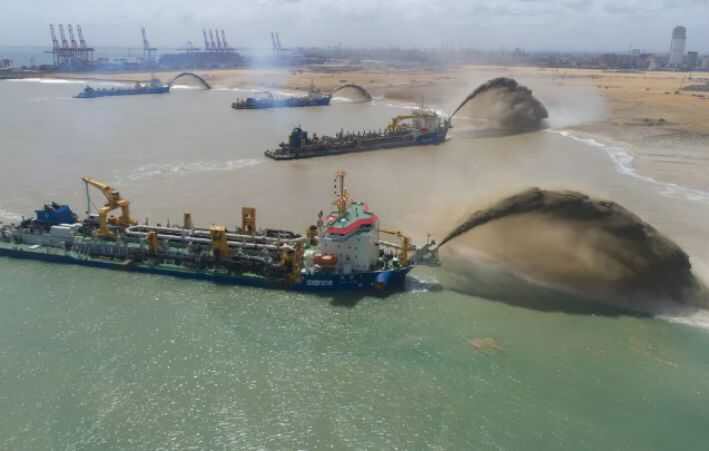White House hits out at plan to sign agreement that is likely to alarm Brussels
in Rome,
in Washington,
in Brussels and
in Beijing
March 5, 2019
Italy is preparing to become the first G7 country to formally endorse China’s controversial Belt and Road global investment drive, in a move that has drawn a sharp response from the White House and causing alarm in Brussels.
Michele Geraci, undersecretary in the economic development ministry, told the Financial Times that Rome planned to sign a memorandum of understanding to support the contentious infrastructure programme by the end of March during a visit to Italy by Chinese president Xi Jinping.
“The negotiation is not over yet, but it is possible that it will be concluded in time for [Xi’s] visit,” Mr Geraci said in an interview. “We want to make sure that ‘Made in Italy’ products can have more success in terms of export volume to China, which is the fastest-growing market in the world.”
The move, however, has drawn a critical reaction from the White House, which said the project was unlikely to help Italy economically and could significantly damage the country’s international image.
“We view BRI as a ‘made by China, for China’ initiative,” Garrett Marquis, White House National Security Council spokesman, told the Financial Times. “We are sceptical that the Italian government’s endorsement will bring any sustained economic benefits to the Italian people, and it may end up harming Italy’s global reputation in the long run.”
Mr Marquis said US officials had raised concerns about what he called the negative effects of “China’s infrastructure diplomacy”, and urged “all allies and partners, including Italy, to press China to bring its global investment efforts into line with accepted international standards and best practices”.
China’s BRI plan aims to finance and build infrastructure in more than 80 countries in Eurasia, the Middle East and Africa. But the US and big European countries are concerned it favours Chinese companies, creates debt traps for recipient states and is being used to further Beijing’s strategic and military influence.
Several central and eastern European countries, as well as some states in Asia, the Middle East and Africa, have agreed to sign bilateral memorandums supporting it. The documents are typically confidential and the exact commitments made are unclear, but they often include phrases confirming that the country “highly appreciates and supports the BRI”.
Italy’s support for China’s BRI would undercut US pressure on China over trade and would undermine Brussels’ efforts to overcome divisions within the EU over the best approach to deal with Chinese investments. Italy is a founding member of the EU.
Mr Xi is due to arrive in Italy on March 22 on his first visit as president. He is scheduled to meet Sergio Mattarella, the Italian president, and attend a state dinner that evening, according to Mr Mattarella’s office. The Chinese leader is also expected to meet Giuseppe Conte, Italy’s prime minister, and attend a military ceremony before travelling to Sicily.
The visit would immediately follow an EU gathering on March 21 in Brussels during which EU member states intend to debate developing a common approach to Chinese investments into the bloc. A separate summit in the Belgian capital with representatives from Beijing is scheduled to take place on April 9.
An EU spokesperson on Wednesday said all member states needed to “ensure consistency with EU law rules and policies and to respect EU unity in implementing EU policies”. The spokesperson noted that while some bloc member states had signed Belt and Road commitments, others — and the EU itself — had not done so.
“It is common knowledge that we would also like to see more regarding implementation of China’s commitment to transparency and to a level playing field for trade and investment based on market rules and international norms,” the spokesperson said.
Chinese investments have become increasingly contentious in the EU. Diplomats in Brussels and influential western European capitals have long worried the 16+1 grouping of China and central and eastern European states, including 11 EU members, is a Trojan horse to divide the bloc. Beijing has denied this suggestion.
EU member states such as Germany and France have pushed for tougher screening criteria for Chinese investments. They want the bloc to develop a more unified strategy amid rising tensions over the security implications of using Chinese technology from companies such as Huawei, the telecoms group.
Other countries including Greece and Portugal, where Chinese groups have invested billions of euros since the financial crisis, have adopted a more lenient approach.
Theresa May, the UK prime minister, last year refused to offer written support to the BRI during a trip to Beijing after weeks of diplomatic tension.
Zhang Yesui, National People’s Congress spokesman, said this week that 67 countries had signed up to the BRI in the past year or so. That would bring the total number of countries or international organisations that have formal endorsements to 152.
Mr Zhang stressed that decisions were taken jointly between China and its partners.
“China takes the issue of debt very seriously and within a project the Chinese side never imposes things nor, least of all, creates debt traps,” he said. “Of course, like any international co-operation, some problems and challenges may crop up. With experience it will improve.”
Additional reporting by James Kynge in Hong Kong and James Politi in Washington



